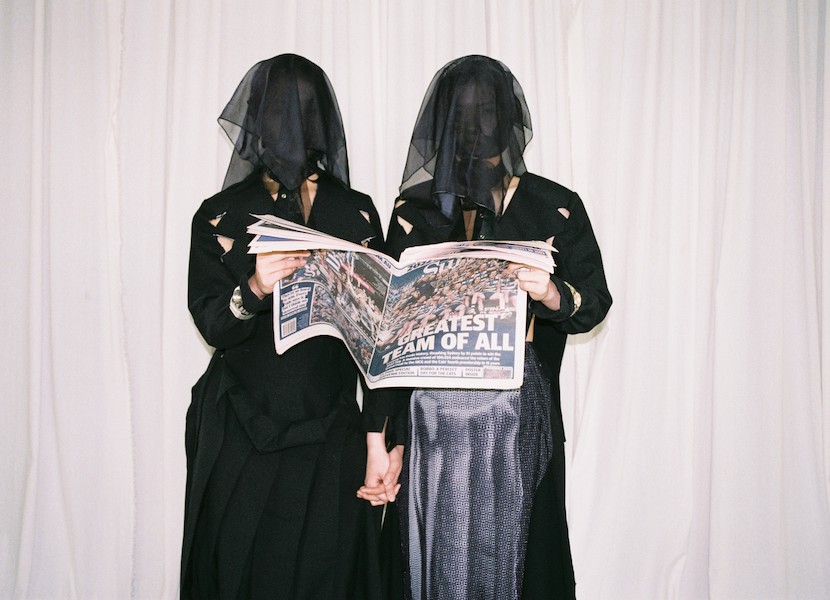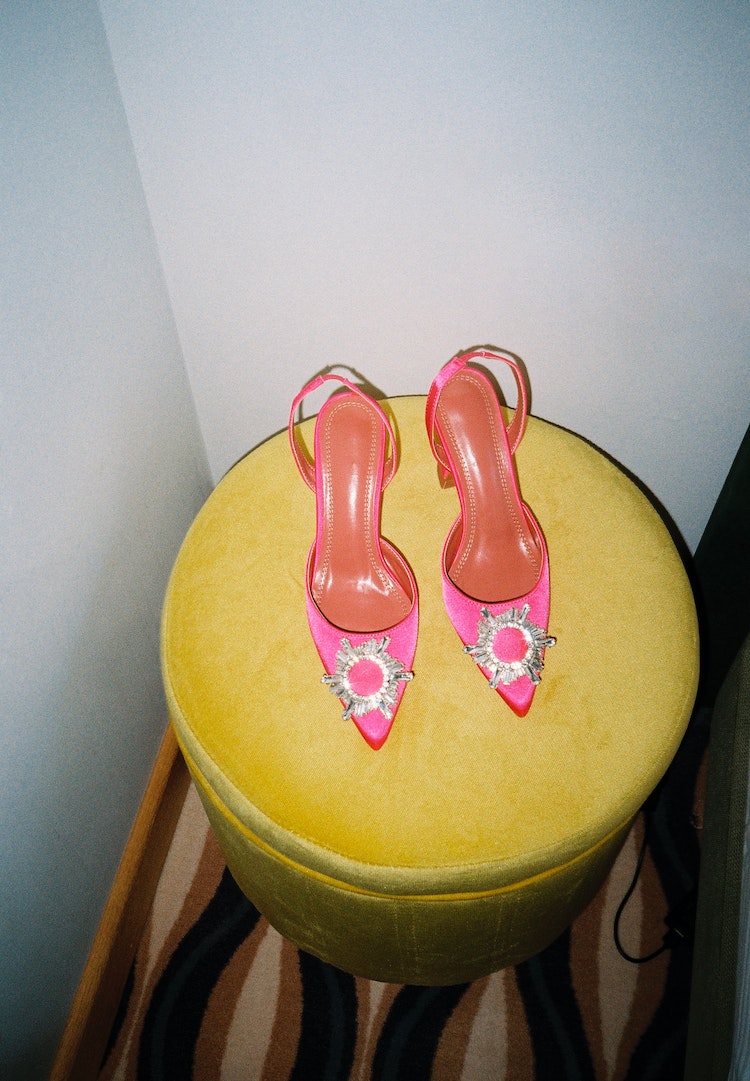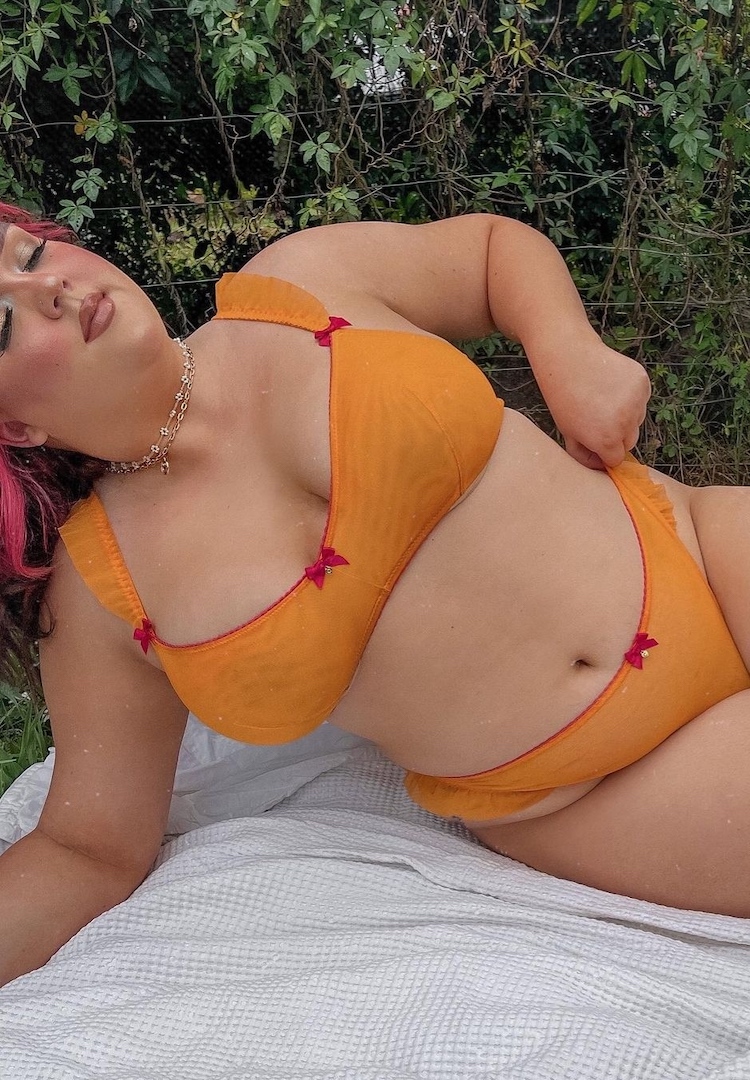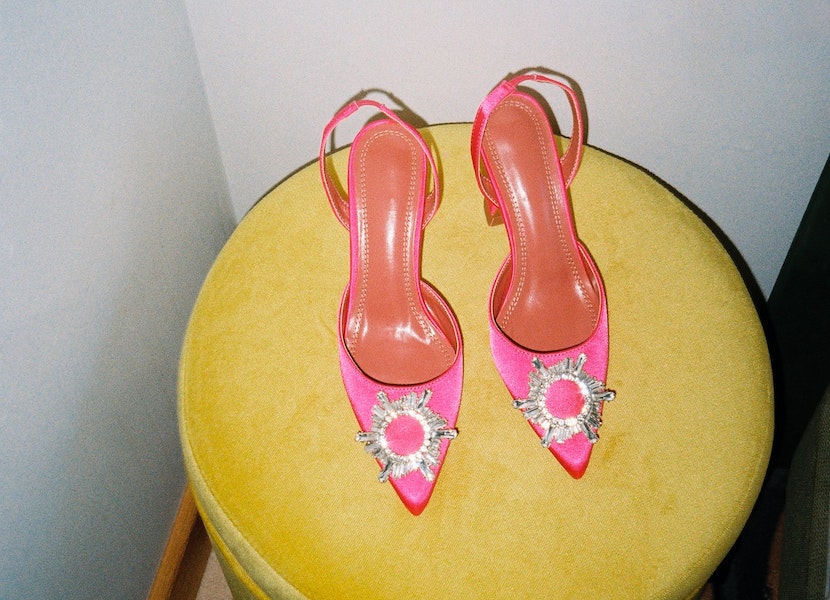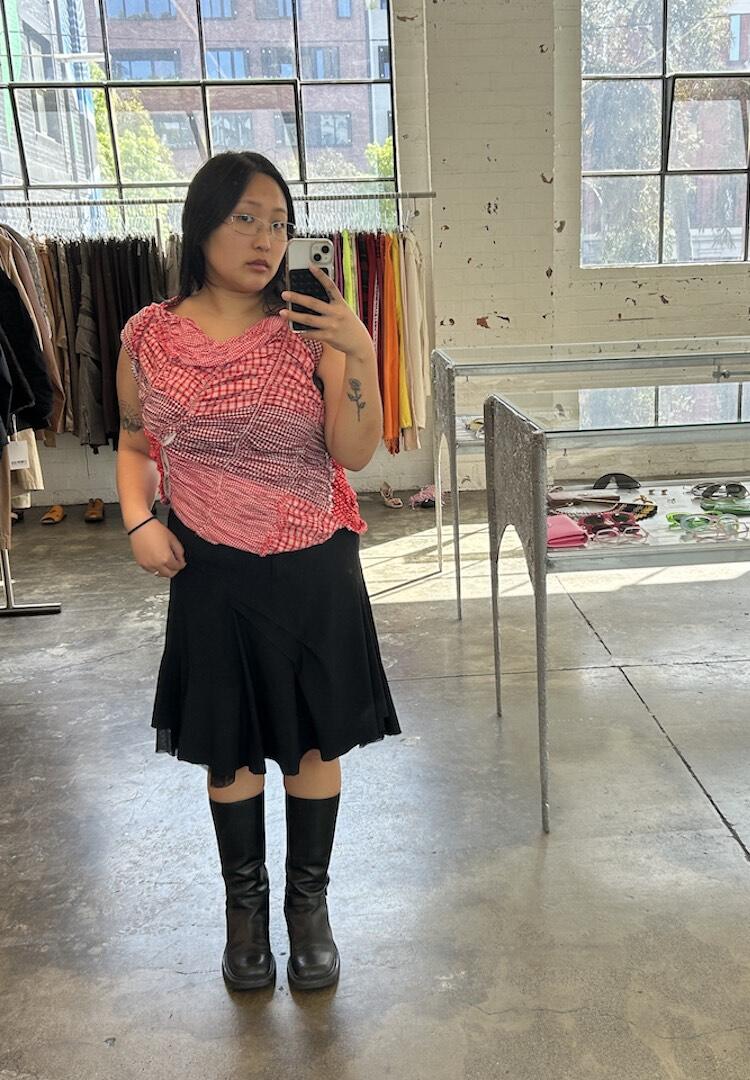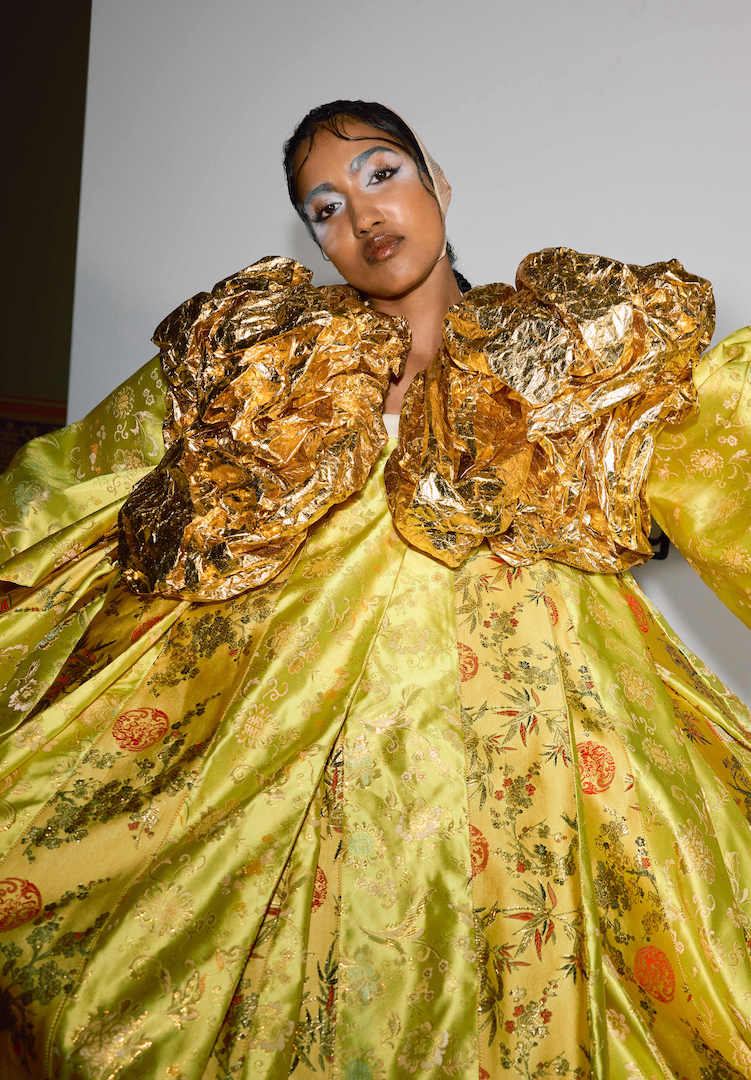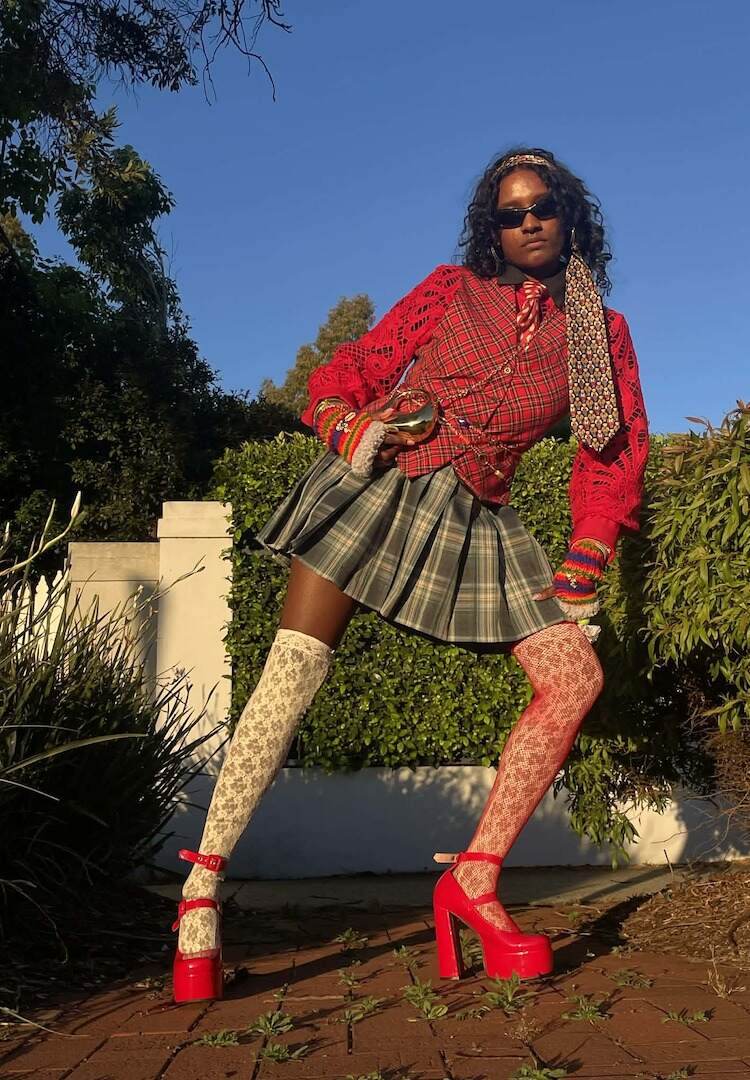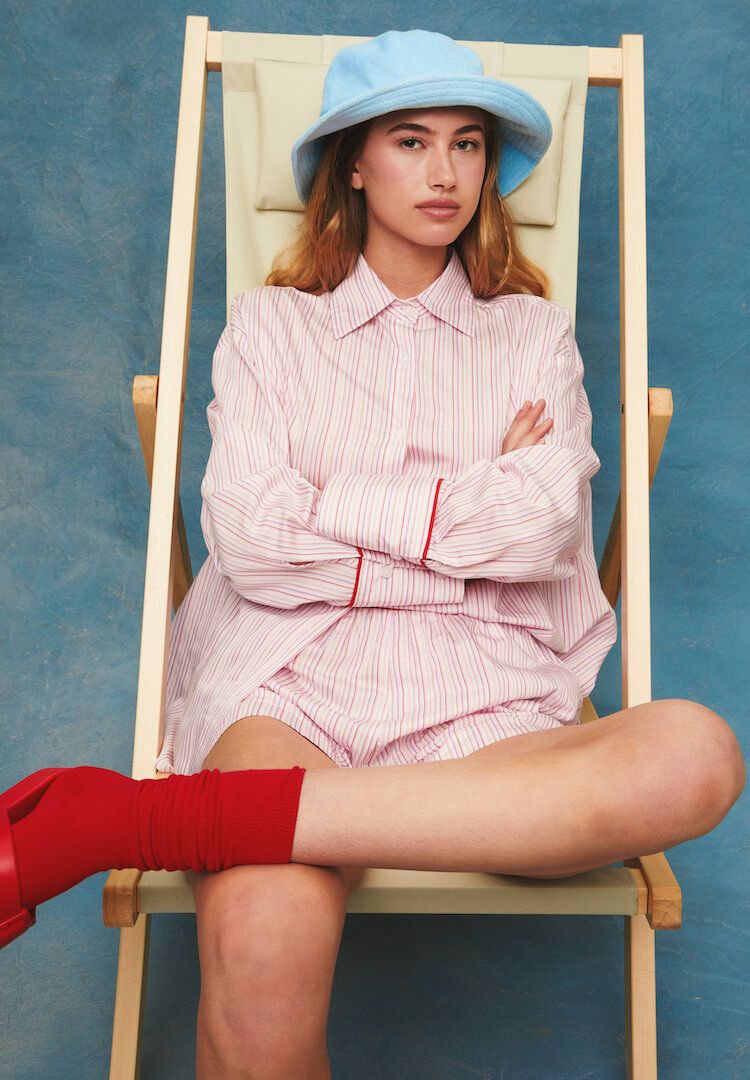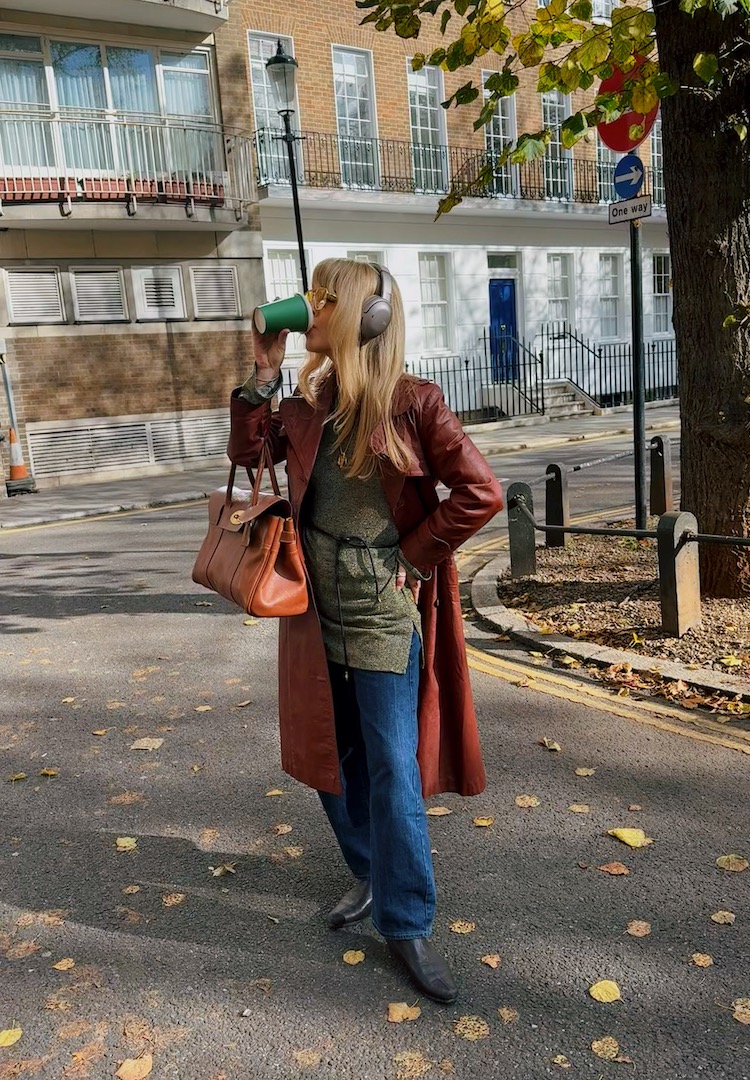Two Australian fashion writers on making it in the industry
WORDS BY IZZY WIGHT
“Writing is partly about talent, but it’s just as much about persistence, dedication and resilience.”
In addition to PayPal Melbourne Fashion Festival’s plethora of curated events, runways and talks, it also boasts a unique opportunity for burgeoning writer talent. Offering real-world experience and valuable one-on-one guidance from some of Australia’s best, the Fashion Writing Mentorship is a chance to get that elusive foot in the industry door.
As an official media partner of PayPal Melbourne Fashion Festival, Fashion Journal is giving you exclusive coverage of this year’s event. And personally, as a previous finalist of the 2021 Fashion Writing Mentorship, I’m sharing a behind-the-curtain look at how the program works, and how it helps young writers get their start.
For more fashion news, shoots, articles and features, head to our Fashion section.
Unsurprisingly, I found out about the program through Fashion Journal (I was, and still am, a loyal reader). When it came to the application, I made sure it looked aesthetically pleasing without being visually overwhelming and gave the judges a good sense of my range as a writer. Two of my samples were fashion-focused and one was about beauty, and I made sure all were about topics I really understood and enjoyed (this is important!).
When the acceptance email landed in my inbox, I did the correct amount of jumping around and yelling before finalising details with a Festival program coordinator, Fashion Journal’s Managing Editor Giulia (in my year, finalists also received an internship at FJ) and my new mentor, Melbourne writer Sabina McKenna. I prepared an article draft before my first meeting with Sabina, so she could get a sense of my style and abilities.
Guided by her expert advice, I firmed up a few content angles to work on before, during and after PayPal Melbourne Fashion Festival. We met up every week for coffee and a mentoring session, where we’d work through her edits and feedback from the week prior. Having now made my professional foray into the industry, I can say the program did, in so many ways, emulate a real-world editorial experience. I soaked it all in and took notes constantly (you can also ask your mentor for permission to record your chats), and graduated with an invaluable kit of writer tools.
The Fashion Writing Mentorship is made, obviously, by the generosity and talent of each year’s panel of industry experts. For a little more insight into the program, I spoke to two of the judges for 2023, Glynis Traill-Nash and Rachelle Unreich.
Glynis Traill-Nash, fashion writer, commentator and consultant
View this post on Instagram
How did you get your start as a fashion writer? Tell us about the journey.
I was a sub-editor for 10 years, working behind the scenes on magazines to make sure everyone else’s writing and layouts looked perfect. It takes a certain type of person – pedantic? pernickety? – to enjoy that work, which I really did. But I had always wanted to write about fashion, and got my break as the first beauty editor on Who Magazine (where I was working as a sub), I think because they realised they needed more beauty advertising and I always wore bold lipstick. From there, InStyle called and asked me to apply for their fashion news editor role. And here we are!
As one of this year’s esteemed mentors in the Fashion Writing Mentorship program, what’s one of the most important pieces of advice you can pass on to those new to the industry?
Question everything – including yourself. Always be polite. Don’t get sucked in by the ‘glamour’ – it’s approximately two per cent of the job. Know your audience. Never rewrite the press release – always do extra research, even for short pieces. And always respect your editor and understand the importance of deadlines.
What are some of the lesson/s you’ve learnt in your time as a fashion writer?
No matter how much you think your work stacks up, it always pays to listen to an editor who can make it even better. I wish I could say I’ve learnt to pack with just carry-on for international travel, but that skill still eludes me.
Can you speak on a standout moment in your career so far?
Nothing gets me as dizzy as attending a Chanel haute couture show in Paris, and I’ve been to quite a few. Interviewing Jean Paul Gaultier in Paris the day after his haute couture show was a genuine delight. Enjoying lunch on stage at La Scala in Milan after a Dolce & Gabbana Alta Moda show in 2019 was a pinch-me moment. And I’ve been brought to tears a few times, from the inaugural First Nations Fashion and Design show at Australian Fashion Week in 2021, to shows from Toni Maticevski, Dion Lee and Romance Was Born.
Rachelle Unreich, freelance journalist and author
View this post on Instagram
How did you get your start as a fashion writer? Tell us about the journey.
I didn’t start off as a fashion writer; I made my name interviewing actors and filmmakers. Getting published happened by chance: I was 19 and wrote a funny piece about a recent holiday I’d had, just for fun. A friend suggested I send it into The Age instead, who published it as a full-page article, which legitimised me as a writer pretty quickly!
I was studying Arts/Law at Monash University and kept submitting to papers and magazines. By the time I finished my degrees, I had a full-time writing career. After that, I freelanced for fashion publications such as Elle magazine (where I also had a column) and Harper’s Bazaar, and had several staff jobs.
I started writing seriously about fashion when Kellie Hush, who was editing a section of the Sydney Morning Herald, asked me to write a regular fashion column. She knew I’d always loved fashion, and had lived in New York, Los Angeles and Sydney, where I’d been exposed to fashion, too.
As one of this year’s esteemed mentors in the Fashion Writing Mentorship program, what’s one of the most important pieces of advice you can pass on to those new to the industry?
Don’t be discouraged! Writing is partly about talent, but it’s just as much about persistence, dedication and resilience. In terms of getting published, it’s best to write on a topic on which you might have inside information. Think about who you have access to, what contacts you have and what knowledge you have. Write about what you know. And don’t just write in the way you want: it’s important to familiarise yourself with your goal publication, and keep to its style in terms of word length and tone.
What are some of the lesson/s you’ve learnt in your time as a fashion writer?
That you can never be too complacent about making predictions. That everything which was once fashionable will go wildly out of fashion, and veer back again if you wait long enough, so don’t throw any investment pieces out. That fashion is a business, so the ability to sell is at least equally important as its beauty. That it’s always better to wear something that fits you well than to be on trend. That fashion isn’t really about clothes, but about style and attitude.
Can you speak on a standout moment in your career so far?
I’m really proud of the many cover magazine articles I’ve done – Naomi Watts and Elle Macpherson on Harper’s Bazaar, Carrie Bickmore on Marie Claire [and] Nicole Kidman and Tom Cruise on Empire magazine (UK), to name a few. During COVID, I set myself a personal goal to be published in Good Weekend, and managed to reach it – twice!
But my biggest standout moment has to be writing a memoir, which will be published by Hachette in Australia/NZ and HarperCollins in the US/ Canada at the end of the year. It’s a memoir about my mother, a Holocaust survivor, and my relationship with her, and it’s the most personal thing I’ve ever written. I’ve poured my soul into that project, and that feels really different to anything else I’ve done in the past 37 years of writing.
To browse the PayPal Melbourne Fashion Festival program in full, head here.

